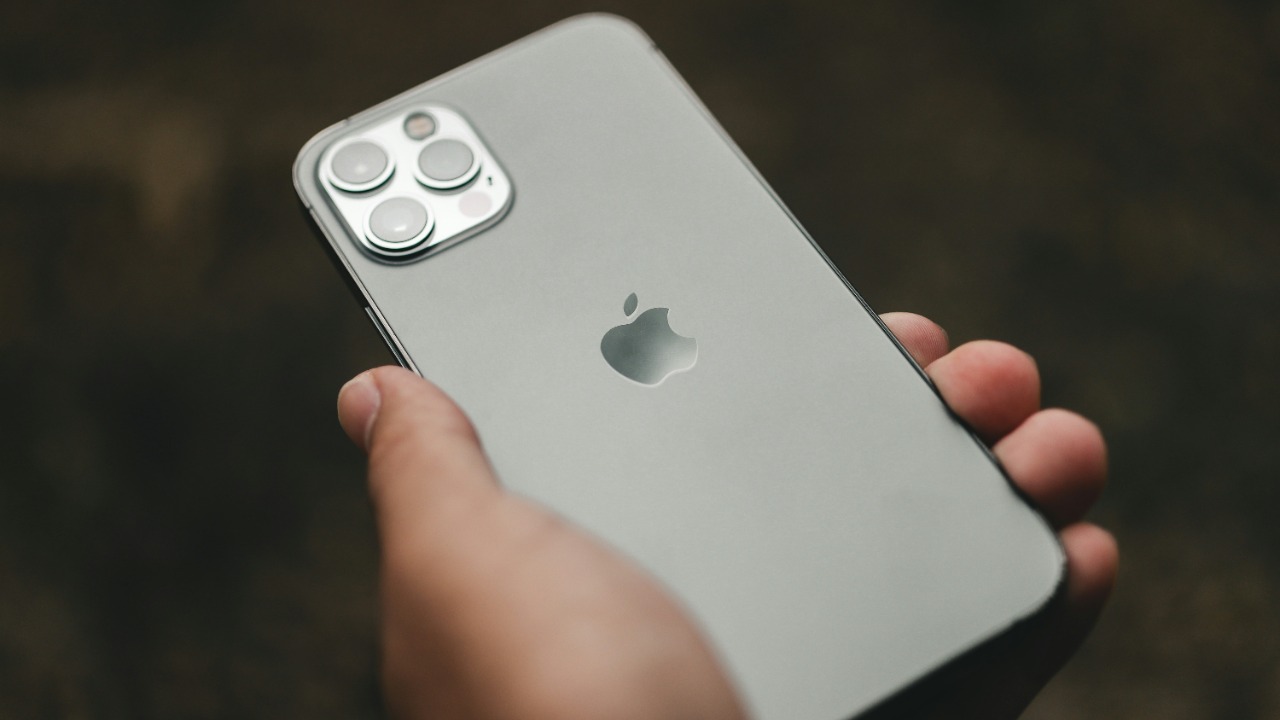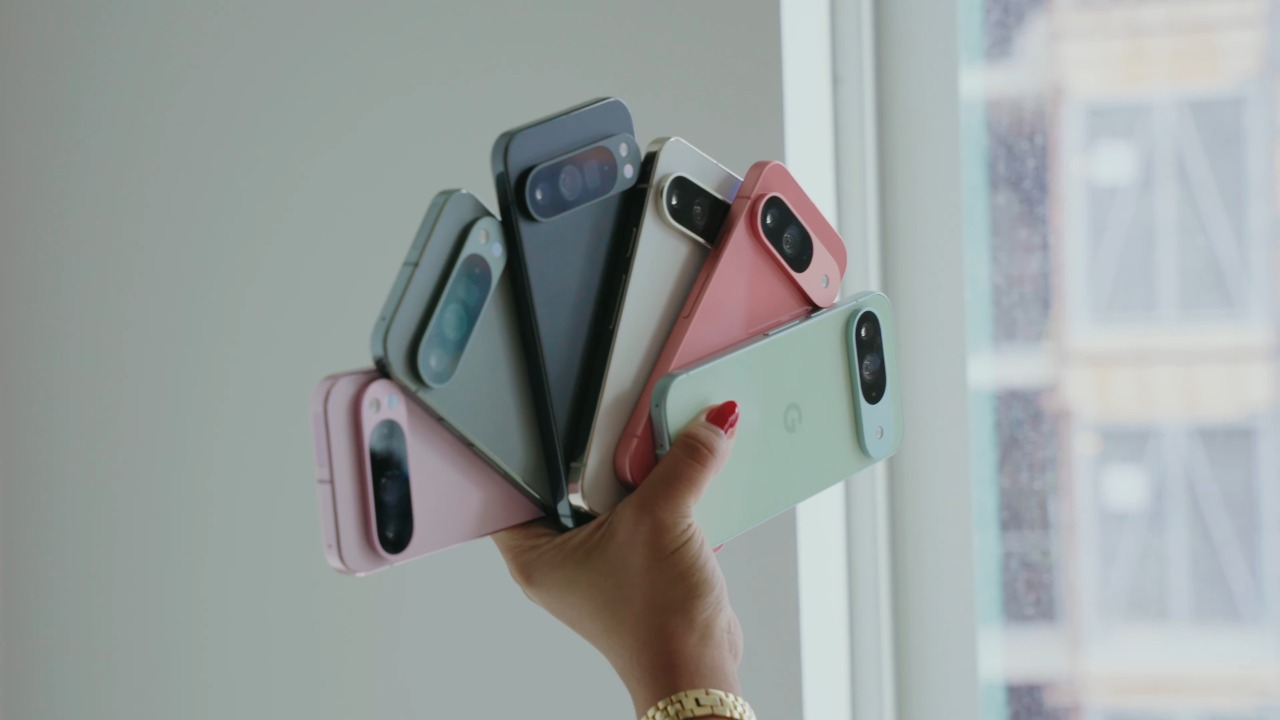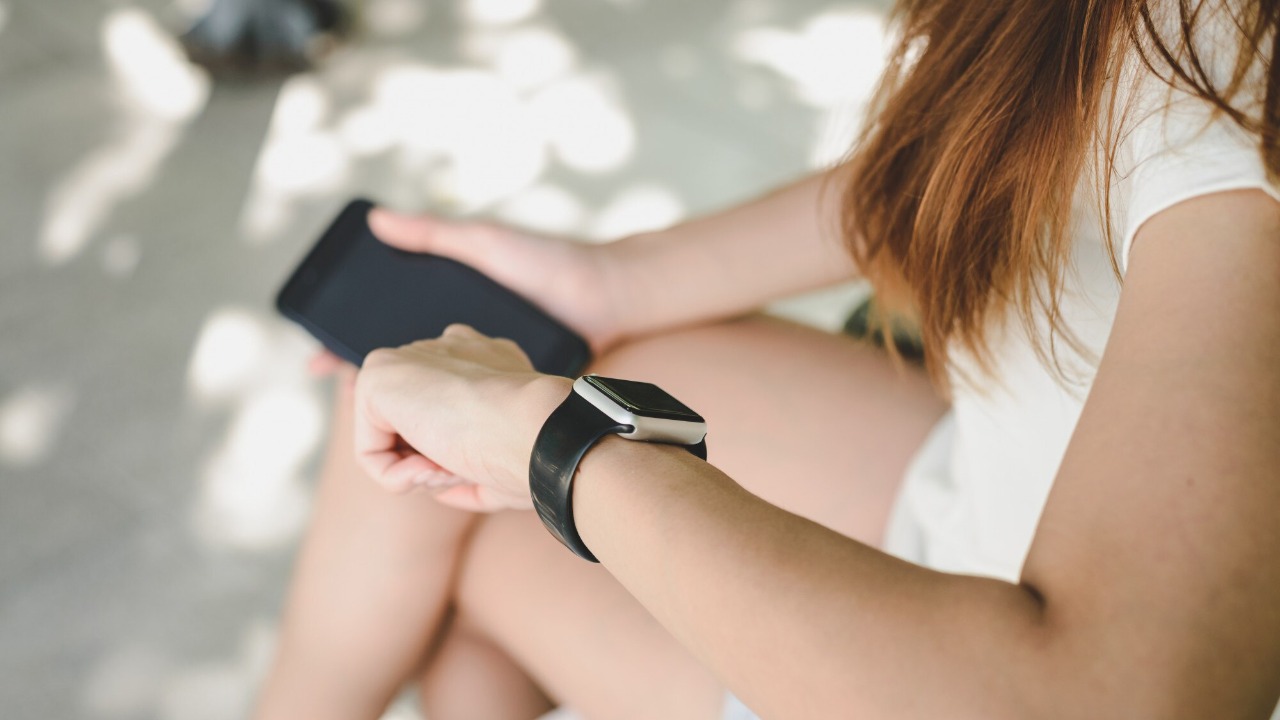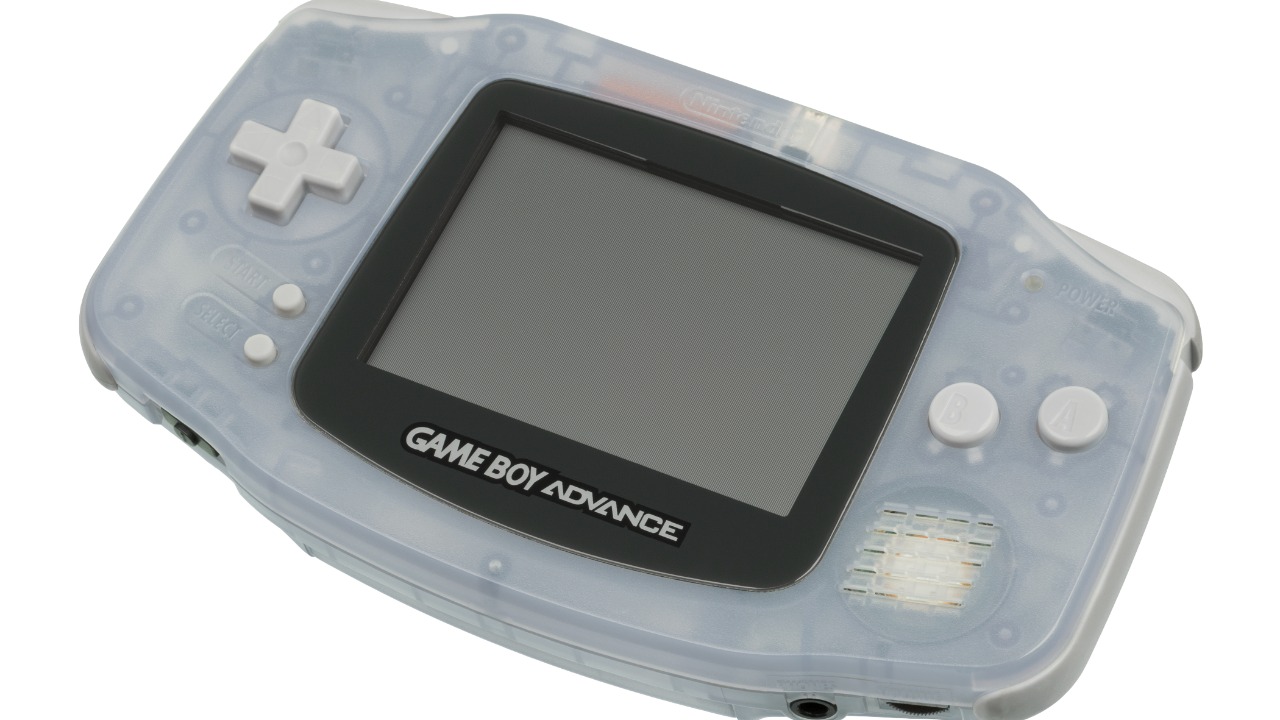
As our devices age, their batteries degrade, affecting performance in a process known as throttling. Understanding this phenomenon can help us maintain the longevity and efficiency of our devices.
Device 1: Apple iPhones

Apple iPhones are notorious for experiencing performance throttling as their batteries age. This was confirmed by Apple itself in 2017, causing an uproar among consumers. The company explained that this was a necessary measure to prevent unexpected shutdowns caused by older batteries failing to supply peak current demands. The tech giant now provides battery health information in the settings of their devices, allowing users to monitor their battery’s condition.
Device 2: Android Smartphones

Android smartphones, particularly Pixel phones, have also been found to throttle performance as the battery ages. Google has recently made battery health assistance mandatory for these devices, according to Android Authority. This will help users maintain their battery health over time and hopefully reduce the occurrence of performance throttling.
Device 3: Laptop Computers

Laptop computers, regardless of the brand, aren’t immune to battery degradation and performance throttling. As the battery ages, the laptop’s capacity to hold a charge diminishes, resulting in shorter usage times. This impacts CPU performance, causing tasks to take longer to complete. Users can minimize this effect by properly managing their battery’s health.
Device 4: Tablet Devices

Tablet devices, much like their smartphone counterparts, experience performance throttling as their batteries age. The battery’s diminishing capacity to hold a charge can result in slower processing speeds, causing frustration for users. Regularly monitoring your tablet’s battery health can help you keep its performance in check.
Device 5: Smartwatches

Smartwatches, while smaller than most devices, are not spared from performance throttling. Battery degradation can impact the watch’s ability to track activities accurately, receive notifications promptly, and even maintain the correct time. Regular charging and discharging of the battery can help maintain its health.
Device 6: Wireless Headphones and Earbuds

Wireless headphones and earbuds suffer from battery degradation, impacting the duration they can be used without a recharge. Over time, users may notice a decline in the quality of sound and connectivity due to performance throttling. Keeping the device’s firmware up to date can help mitigate these issues.
Device 7: Digital Cameras

Digital cameras rely heavily on their batteries, which can degrade over time, leading to performance throttling. This can cause slower shutter speeds, longer times to process images, and shorter usage periods. Regular calibration of the battery can help maintain its health and performance.
Device 8: Portable Gaming Consoles

Portable gaming consoles experience performance throttling as their batteries age, impacting gameplay. Users may notice slower load times, decreased frame rates, and shorter playtimes between charges. Careful battery management can help maintain optimal gaming performance.
In conclusion, maintaining battery health is crucial to maximize the performance of our devices. Regular charging and discharging, keeping firmware up to date, and monitoring battery health can help reduce performance throttling. Always remember that an informed user is a smart user.